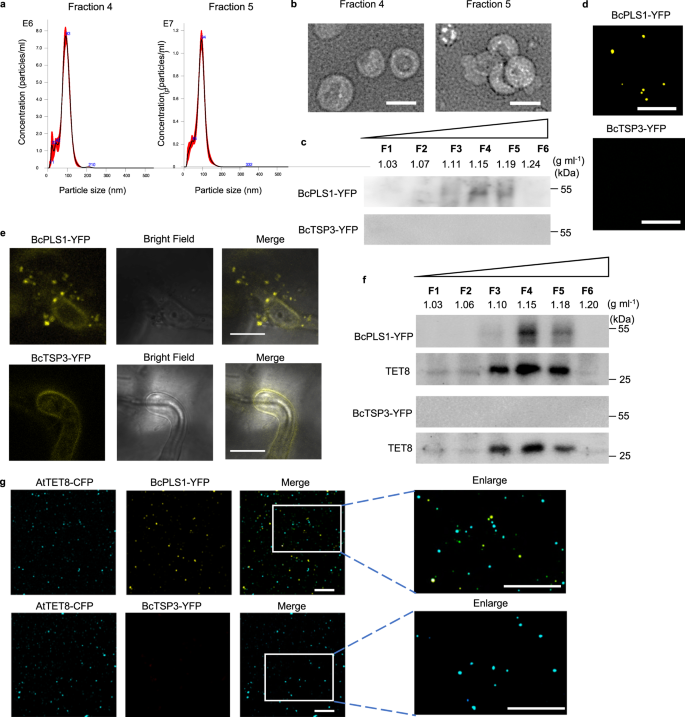2023-08-02 ニューヨーク大学 (NYU)
◆一方、膜を攪乱する新しいアプローチはウイルスの防御機構に対して新たな脆弱性を示唆し、多くのウイルスに対して効果的である可能性がある。特に、Zikaウイルスやchikungunyaウイルスなどのウイルスに対して有望で、またエボラやSARS-CoV-2などの難治性ウイルスにも応用が期待されている。これにより、今後のパンデミックへの対応や抗ウイルス薬の開発に革新的なアプローチをもたらすことが期待されています。
<関連情報>
- https://www.nyu.edu/about/news-publications/news/2023/august/antiviral-molecules.html
- https://pubs.acs.org/doi/10.1021/acsinfecdis.3c00063
細胞膜のホスファチジルセリンを標的とするペプチド模倣オリゴマーが幅広い抗ウイルス活性を示す Peptidomimetic Oligomers Targeting Membrane Phosphatidylserine Exhibit Broad Antiviral Activity
Patrick M. Tate, Vincent Mastrodomenico, Christina Cunha, Joshua McClure, Annelise E. Barron, Gill Diamond, Bryan C. Mounce, and Kent Kirshenbaum
ACS Infectious Diseases Published:August 2, 2023
DOI:https://doi.org/10.1021/acsinfecdis.3c00063
Abstract

The development of durable new antiviral therapies is challenging, as viruses can evolve rapidly to establish resistance and attenuate therapeutic efficacy. New compounds that selectively target conserved viral features are attractive therapeutic candidates, particularly for combating newly emergent viral threats. The innate immune system features a sustained capability to combat pathogens through production of antimicrobial peptides (AMPs); however, these AMPs have shortcomings that can preclude clinical use. The essential functional features of AMPs have been recapitulated by peptidomimetic oligomers, yielding effective antibacterial and antifungal agents. Here, we show that a family of AMP mimetics, called peptoids, exhibit direct antiviral activity against an array of enveloped viruses, including the key human pathogens Zika, Rift Valley fever, and chikungunya viruses. These data suggest that the activities of peptoids include engagement and disruption of viral membrane constituents. To investigate how these peptoids target lipid membranes, we used liposome leakage assays to measure membrane disruption. We found that liposomes containing phosphatidylserine (PS) were markedly sensitive to peptoid treatment; in contrast, liposomes formed exclusively with phosphatidylcholine (PC) showed no sensitivity. In addition, chikungunya virus containing elevated envelope PS was more susceptible to peptoid-mediated inactivation. These results indicate that peptoids mimicking the physicochemical characteristics of AMPs act through a membrane-specific mechanism, most likely through preferential interactions with PS. We provide the first evidence for the engagement of distinct viral envelope lipid constituents, establishing an avenue for specificity that may enable the development of a new family of therapeutics capable of averting the rapid development of resistance.


